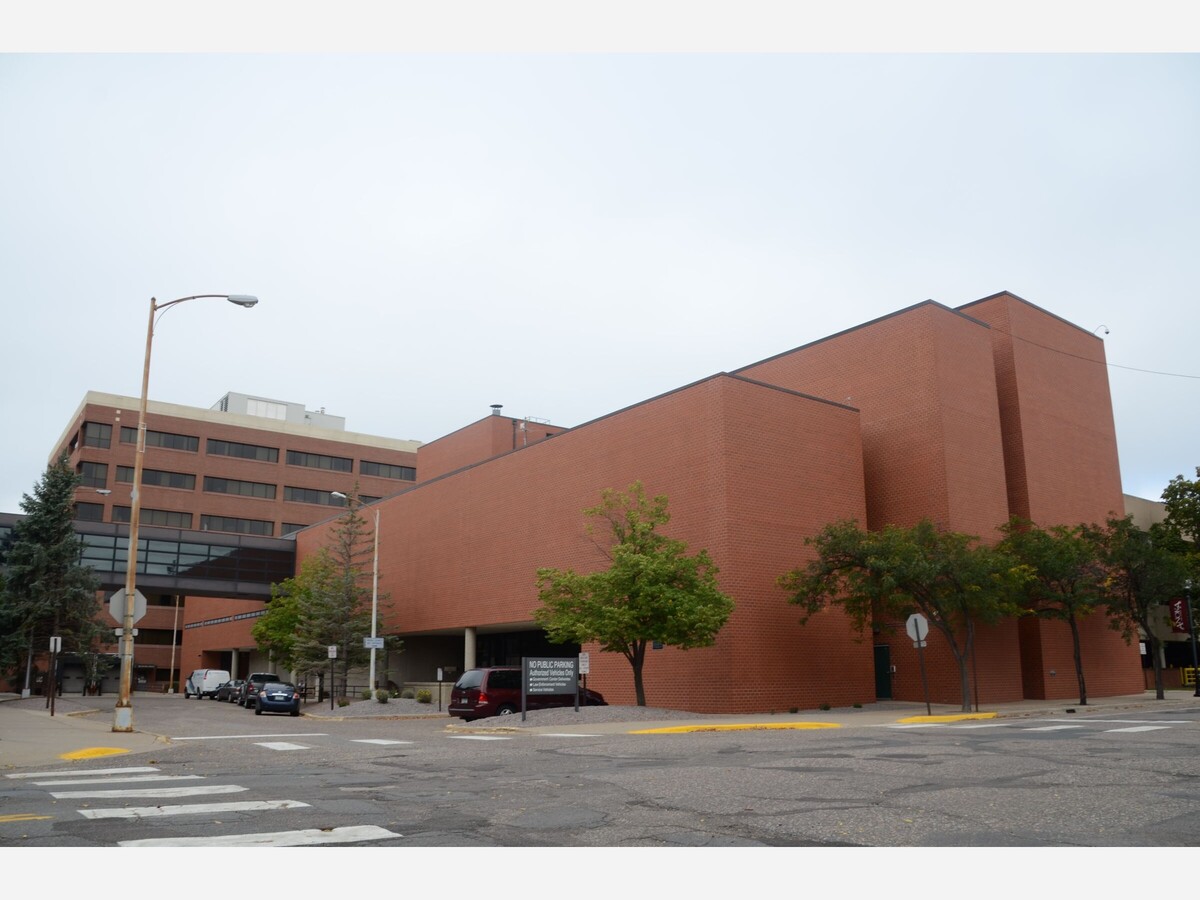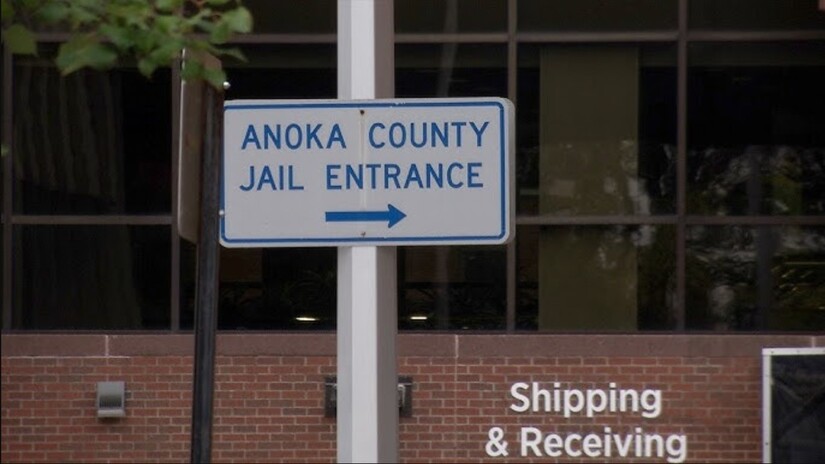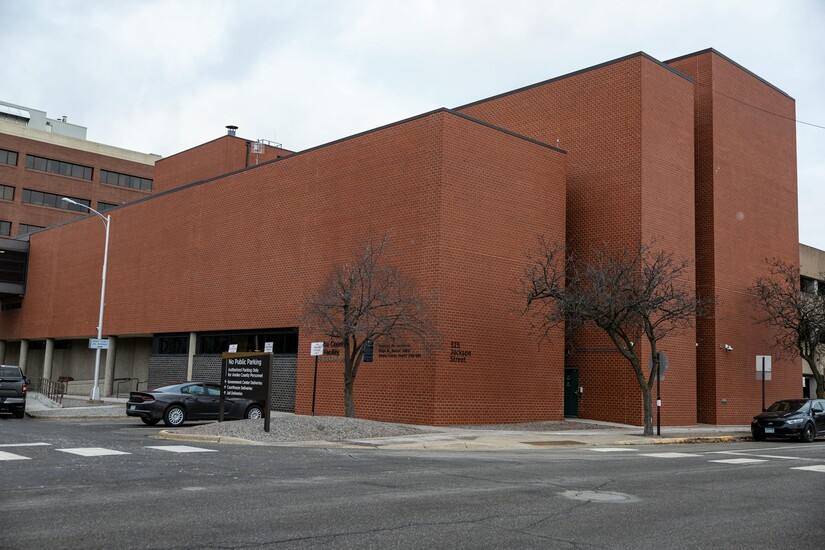Image


Anoka, Minn. — A years-long conflict over the future of Anoka County’s downtown jail has erupted into a legal battle over what might seem like a technicality: whether a proposed structure is a parking ramp or a parking garage. But behind that terminology lies a much larger political rift — one that has strained relations between the county and its county seat for more than four years.

Anoka County says replacing its 1983-built jail is urgent. The facility is the oldest jail in the metro area and, according to county officials, is plagued by:
To address this, the county proposes building a new, modern jail on the current government-center block, increasing capacity from 240 to roughly 540 beds and adding expanded medical, mental health, and program space.
The City of Anoka strongly opposes building a larger jail in the heart of its historic downtown district. City leaders say:
The city even persuaded state lawmakers to give the county legal authority to move the jail outside the county seat — something normally prohibited under state law. But county officials rejected relocating, arguing proximity to the courthouse, transit, and other justice-system functions makes downtown the only viable site.

Before the county can demolish the current parking garage (to make room for the new jail), it needs to build a replacement structure across the street at Fourth Avenue and Jackson Street.
In 2024, the county submitted plans for a five-level parking ramp.
The City of Anoka denied the permit.
Under the city’s business-district zoning at the time, “parking garages or lots” were allowed — but “parking ramps” were not listed.
City officials argued the county’s proposed structure did not fit the approved uses for the district.
The county counters that:
Filed November 7, the county’s lawsuit accuses the city of:
The suit asks the court to:
City officials have publicly expressed frustration, with Mayor Erik Skogquist saying he is “disappointed” the county chose to sue rather than attempt further compromise.
The parking dispute is the latest in a string of clashes between the two governments. This year, the county also sued the Minnesota Department of Transportation following a legislative funding shift related to an Anoka riverfront project — another issue in which the county suggested political forces were working against it.
What began in 2021 as a disagreement over jail design has now hardened into legal combat, with neither side signaling willingness to compromise.
The court’s decision on the parking-structure lawsuit will determine whether:
Either way, the dispute highlights a deeper question: how a county and its county seat can navigate major development decisions when their visions for downtown diverge so sharply.